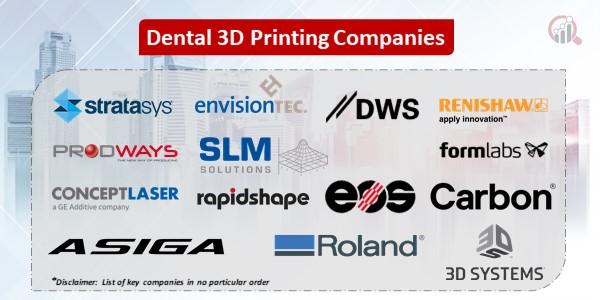Precision, Customization, Speed: Unveiling the Advantages of Dental 3D Printing

Dental 3D Printing: Benefits, Risks, Types, Selection, Safety, Maintenance, and Trends
Dental 3D printing has transformed the field of dentistry, revolutionizing the way dental professionals create prosthetics and devices. In this comprehensive article, we will explore the myriad benefits of dental 3D printing, analyze the associated risks, delve into the different types of dental 3D printers available, provide guidance on choosing the right one, outline safety measures, explain maintenance procedures, and discuss the latest trends in dental 3D printing technology. Whether you're a dental practitioner or a curious reader, this article aims to provide a thorough understanding of this innovative technology.
Latest Trends in Dental 3D Printing Technology:
· Biocompatible Materials: The development of biocompatible materials expands applications in implant dentistry.
· Chairside Printing: Chairside 3D printing is becoming more common, enabling faster and more convenient patient care.
· Improved Resolution: Advancements in printer technology are leading to higher resolution and finer detail.
· AI Integration: Artificial intelligence is being integrated for faster treatment planning and design.
Benefits of Using Dental 3D Printing:
· Precision: Dental 3D printing offers unparalleled precision, ensuring accurate fit and function for dental prosthetics.
· Customization: Patients benefit from highly customized solutions, tailored to their unique needs.
· Speed: Dental 3D printing reduces production time, allowing for quicker treatments.
· Cost-Efficiency: By eliminating the need for outsourcing, it can reduce costs for dental practices and patients.
Risks Associated with Using Dental 3D Printing:
· Material Safety: The choice of materials can impact biocompatibility, and improper materials may pose risks.
· Quality Control: Ensuring the quality and accuracy of printed dental devices is critical to patient safety.
Different Types of Dental 3D Printers:
· Stereolithography (SLA) Printers
· Digital Light Processing (DLP) Printers
· Fused Deposition Modeling (FDM) Printers
· Selective Laser Sintering (SLS) Printers
Choosing the Right Dental 3D Printer:
· Consider Your Needs: Assess your specific dental practice needs, such as the types of prosthetics you require.
· Materials: Select a printer that supports the materials you intend to use for patient safety and quality.
Using a Dental 3D Printer Safely:
· Training: Proper training and certification are essential for safe use.
· Quality Assurance: Implement strict quality control measures to verify the accuracy of printed items.
Cleaning and Maintaining a Dental 3D Printer:
· Regular Cleaning: Keep the printer and components clean to prevent contamination.
· Calibration: Regularly calibrate the printer to maintain precision.
Dental 3D printing is a transformative technology offering numerous benefits, but it requires careful consideration, safety measures, and maintenance. Understanding the risks and opportunities, as well as staying informed about the latest trends, is essential for dental professionals and patients alike.
By exploring the world of dental 3D printing, we can harness its potential to improve patient care, streamline workflows, and advance the field of dentistry.
#DentalTechnology #3DPrinting #DigitalDentistry #DentalInnovation #DentalProsthetics #PrecisionDentistry
- Art
- Causes
- Crafts
- Dance
- Drinks
- Film
- Fitness
- Food
- Games
- Gardening
- Health
- Home
- Literature
- Music
- Networking
- Other
- Party
- Religion
- Shopping
- Sports
- Theater
- Wellness
- IT, Cloud, Software and Technology


